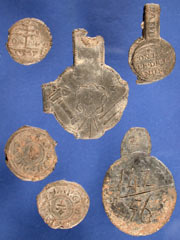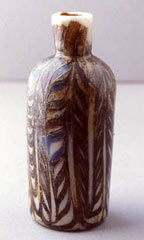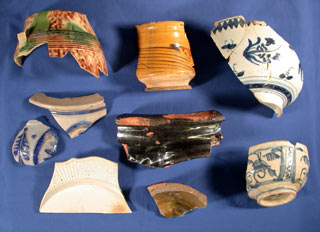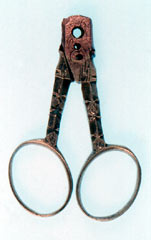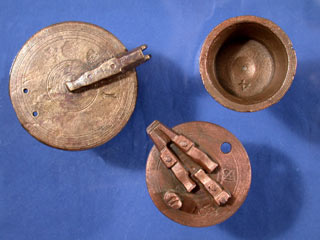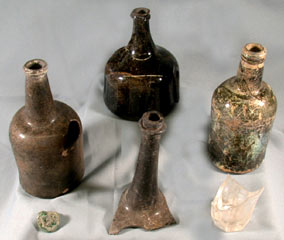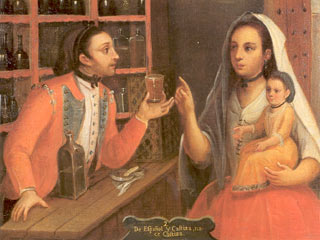The destruction of the cattle ranches and interior missions by James Moore, and the continuing English raids that made farming impossible cut St. Augustine off from what had once been an important source of food. At the same time, Spain’s involvement in European wars during the early eighteenth century reduced it’s support of the more peripheral American colonies.
The situado supplies of goods and money for Florida—provided out of revenues from Mexico—became extremely erratic, sometimes not arriving for years at a time. Even when the situado was sent, it didn’t always arrive in St. Augustine—more than once the supplies were sunk by hurricanes or captured by privateers.
The first decades of the eighteenth century were, indeed, a starving time, and gradually St. Augustine’s residents began to take matters into their own hands. Entrepreneurial individuals set up their own shops selling whatever goods they could acquire, whether legal or illegal. Trade with the English—illegal until after 1740—flourished, and several shops operated by English merchants were thriving in the town.
One observer in 1736 claimed that he saw six English merchant vessels moored at the same time in the St. Augustine harbor. Some Spaniards also turned to privateering—seizing English, French and Dutch vessels when they could, and selling the goods in St. Augustine. Others initiated trade with the Lower Creek Indians
As a result of these activities, some individuals became quite wealthy through trade and price scalping, but the majority of St. Augustine’s residents struggled with food shortages and high prices. For everyone, however, there was a dramatic increase in the range of material goods available if one could afford them.
Artifacts
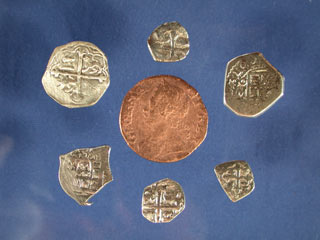
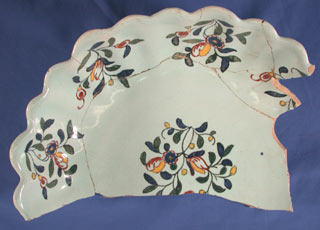
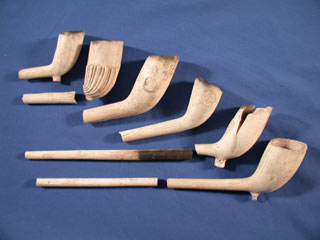
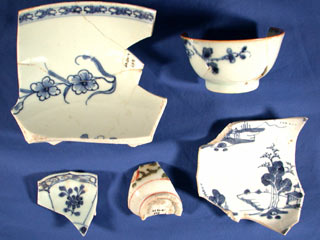
Images
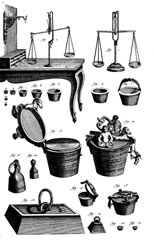
People
Cristobal Contreras
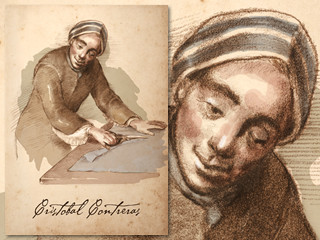
Cristobal Contreras was from Tenerife in the Canary Islands. He came to St. Augustine at some time before 1758, when he married Dorotea de Anaya, a criolla whose family lived just south of the town plaza. They had four children and owned two African slaves when they evacuated to Cuba in 1763. Cristobal was a merchant of considerable wealth, and had a shop, possibly in one of the three stone buildings on the lot where he and his family lived, which is today the Ximenez-Fatio House. He may also have had a tavern in his shop, judging from the large numbers of English wine bottles excavated at his homesite.
Juan de Ayala Escobar
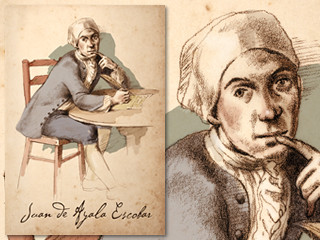
Juan de Ayala y Escobar came to St. Augustine in the mid-seventeenth century as an foot soldier, and by 1703 had worked his way up to Captain and Sergeant Major of the colony. He represented St. Augustine on several trips to Spain and Mexico to ask for aid, and he was one of many well-placed government officials who took advantage of their position to make a profit. in 1712, during the worst period of food shortage, Juan de Ayala illegally procured several boatloads of English food, and sold them at an exceedingly high price to the eager residents of St. Augustine, who would otherwise have gone without. When Governor Córcoles y Martinez tried to arrest his second in command, nearly the entire populace of st. Augustine turned out in the town plaza to protest and to support Ayala. The governor backed down, and the citizens cheered loudly.
Elixio de la Puente
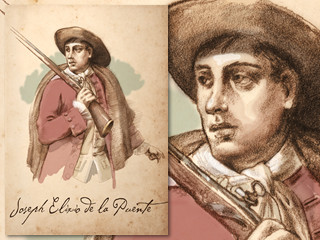
Elixio de la Puente, sometimes referred to as the most prominent Floridian of the eighteenth century, was born into a St. Augustine criollo family in 1724. He entered the service of the crown in 1729 as an infantry cadet. By 1739, he had risen to be Chief Clerk of the Royal Accountant, an important Treasury position. Elixio de la Puente also maintained strong ties of friendship and trade with the Lower Creek Indians, and he is said to have had an Indian name. It was probably through this trade, as well as his ties to the Treasury, that he became a wealthy man by the end of the first Spanish period. At the age of 23, he negotiated a treaty between the Uchise (Creek) Indians and Spain, which resulted in enduring peace between the two groups. That same year he married María Sanchez, a St. Augustine criolla. They had at least six children, and lived just south of the plaza between Marine and Charlotte streets. Don Elixio is perhaps best remembered for his authorship of the 1763 map that listed and located the buildings and property owners throughout St. Augustine. He prepared it as the original agent representing the departing Spanish families in the future sales of their Florida property. Even after his departure from Florida, he continued to rise in the Crown bureaucracy, and maintained his diplomatic, economic and social ties with the Florida Indians.
